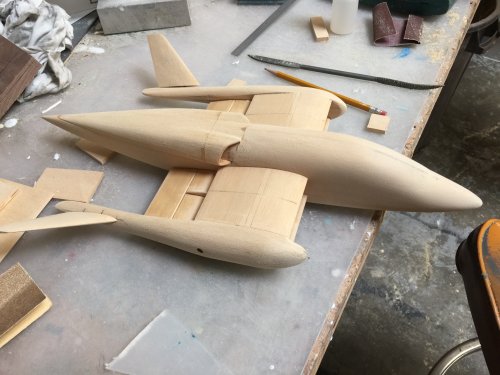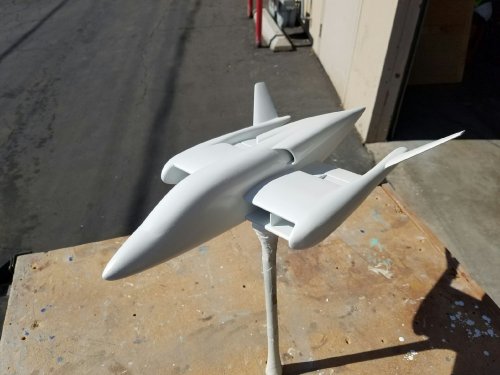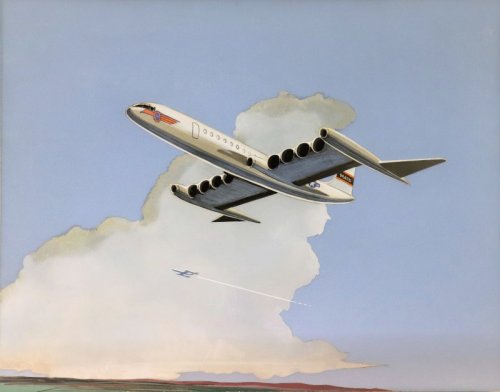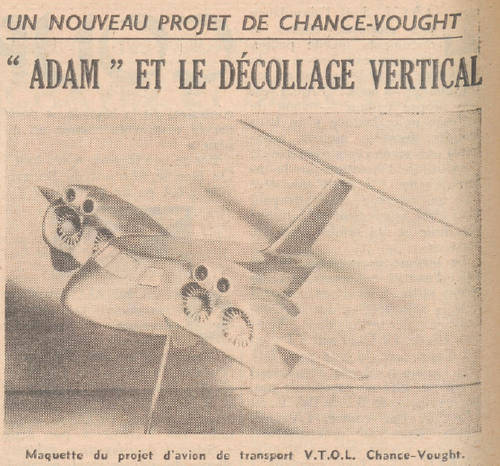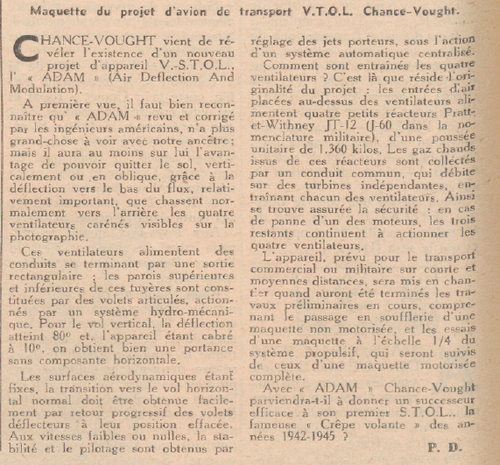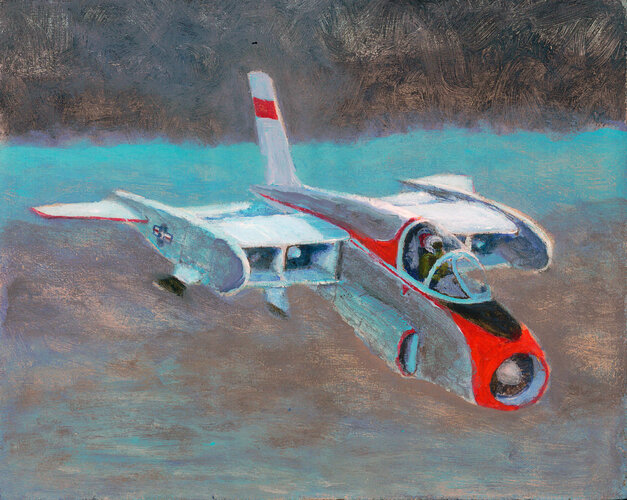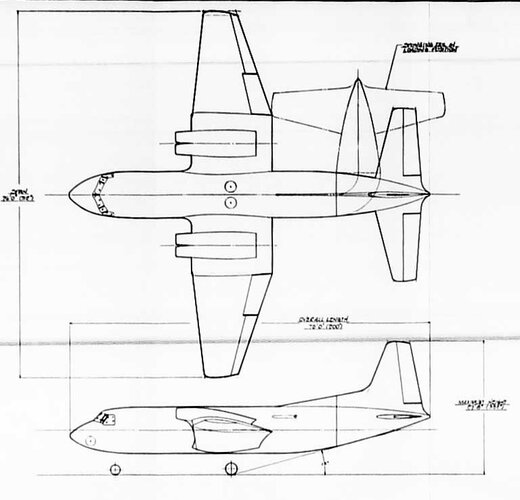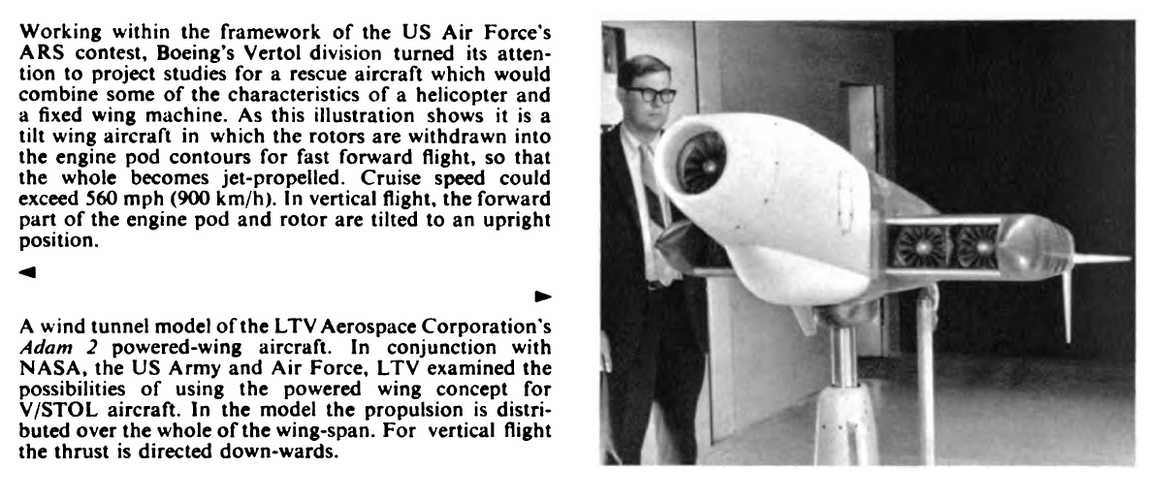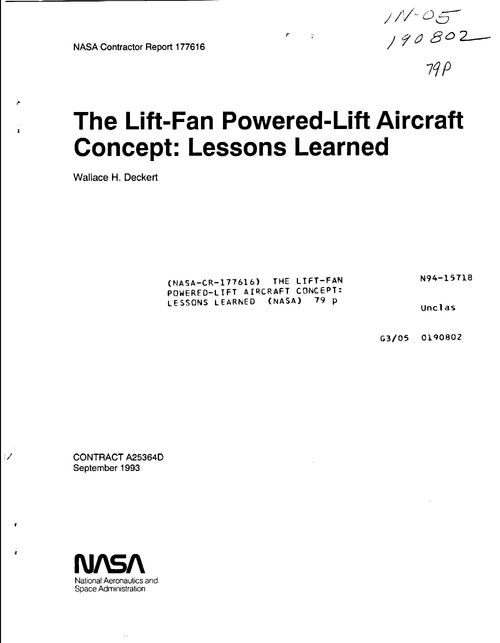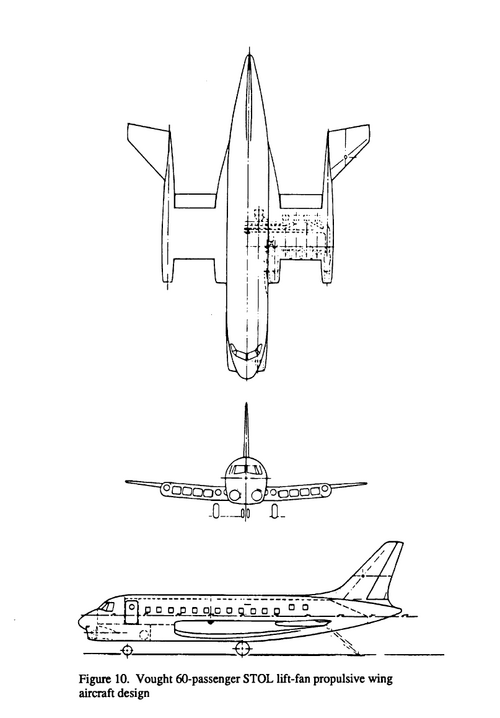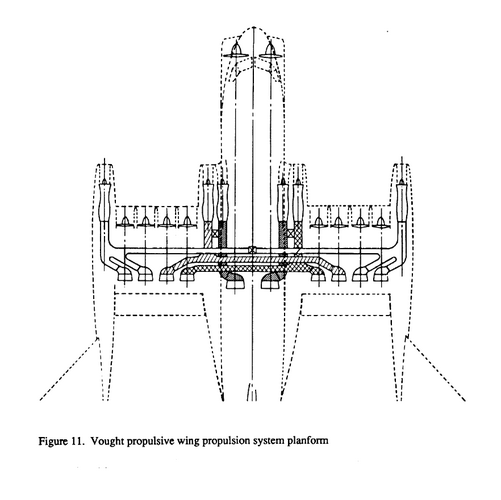- Joined
- 11 March 2011
- Messages
- 302
- Reaction score
- 1,161
So hard to find a nice ADAM model we made our own. About 16 inches long and looks period if I say so myself, I painted it......... Here is a before, during and finished. Enjoy..... Now working on the Zichek VSTOLS.
Attachments
Last edited:

